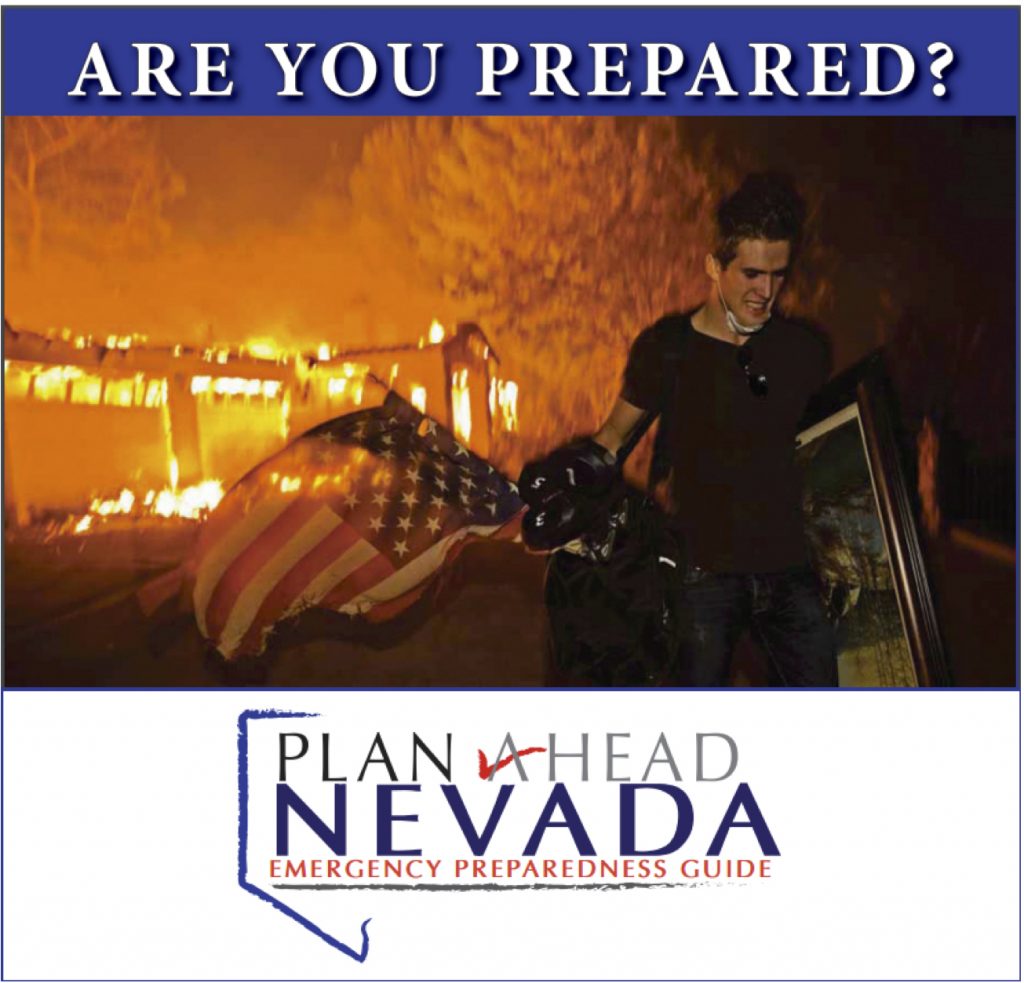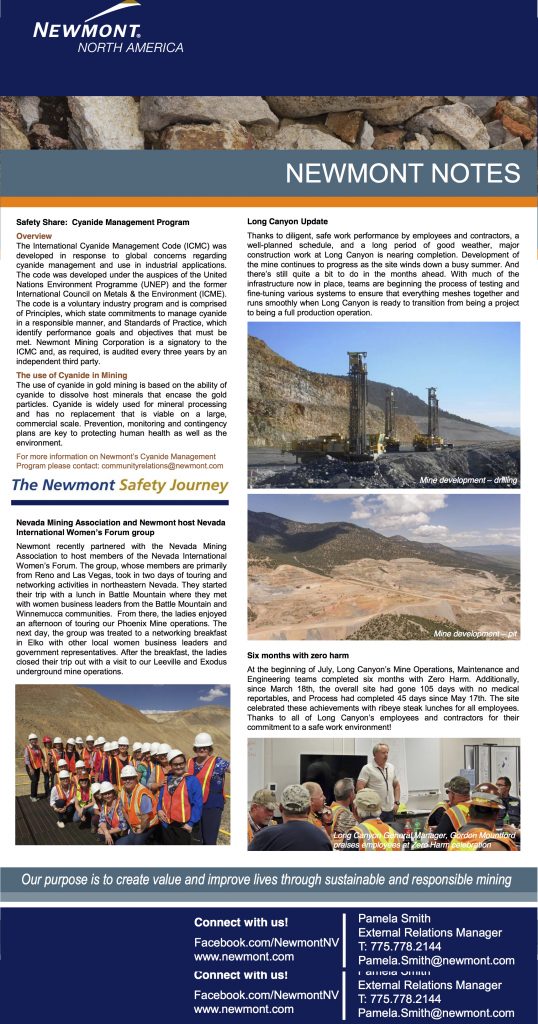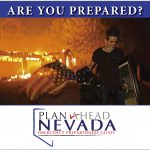September is National Preparedness Month and State Agencies Urge Nevadans to Make an Emergency Plan/ Part 2

The Nevada Department of Public Safety’s Division of Emergency Management (DEM), Nevada National Guard (NVNG), the Division of Public and Behavioral Health’s (DPBH) Public Health Preparedness Program (PHP) and the Department of Conservation and Natural Resources (DCNR) are reminding Nevada residents the importance of planning and preparing for any emergency.
September 12, the second week of National Preparedness Month (NPM) promotes, “Preparing Through Service.” NVNG urges Nevadans to understand the importance of community preparedness by working with emergency focused organizations and neighbors to develop a plan.
Families may not be together when a disaster strikes so it is important to plan in advance: how you will get to a safe place; how you will contact one another; how you will get back together; and what you will do in different situations. Planning ahead of time will help household members take the right steps during an emergency – which could mean the difference between life and death.
NPM Step 2: Make a Plan
• Involve all members of the household.
• Complete a contact card for each family member to always keep in a wallet, purse,
briefcase or backpack.
• Discuss potential emergencies, and how to respond to each emergency such as power
outages.
• Check with your children’s day care or school. Facilities designed for children should
include identification planning as part of their emergency plans.
• Teach family members how to use text messaging (also known as SMS or Short Message
Service). Text messages can often get around network disruptions when a phone call might not be able to get through.
- Subscribe to alert services. Many communities now have systems that will send instant text alerts or e-mails to let you know about bad weather, road closings and local emergencies. You can also download the FEMA app for disaster resources, weather alerts, and safety at: https://www.fema.gov/mobile-app
- Draw a floor plan of your home. Mark two escape routes from each room, and practice using the routes.
- Post emergency telephone numbers near telephones.
- Teach children how and when to call 911, police, and fire and how to make long distancephone calls.• Pick one out-of-state and one local friend or relative for family members to call ifseparated by disaster (it is often easier to call out-of-state than within the affected area).• Pick two meeting places:
o A place near your home in case of a fire.
o A place outside your neighborhood in case you cannot return home after a
disaster.

• Learn how to turn off the water, gas, and electricity at main switches.
• Instruct household members to turn on the radio for emergency information.
• Make a disaster supply kit. Identify the essential items you and your family will need to
• survive for a minimum of three to five days.
• Remind household members where the emergency kit is stored.
• To access an emergency plan template visit: http://www.ready.gov/make-a-plan


